News
Role of Quinine HCI
Apr. 12, 2023
Quinine hydrochloride (HCI) is a medication that has been used for centuries as a treatment for malaria. It is derived from the bark of the cinchona tree, which is native to South . Quinine HCI (CAS: 130-95-0 ) is a bitter, white crystalline powder that is highly soluble in water.
Malaria is a parasitic disease that is spread by the Anopheles mosquito. It is caused by four different species of the Plasmodium parasite. Malaria is a significant global health problem, with an estimated 229 million cases and 409,000 deaths in 2019, according to the World Health Organization (WHO). Quinine HCI has been used as a treatment for malaria since the 17th century and is still widely used today.
The mechanism of action of quinine HCI in the treatment of malaria is not completely understood. It is believed to work by interfering with the ability of the parasite to utilize glucose, which is necessary for its survival. Quinine HCI also appears to have an effect on the parasite's ability to reproduce. It is not effective against all species of the Plasmodium parasite, and resistance to the drug has been observed in some areas.
In addition to its use in the treatment of malaria, quinine HCI has also been used for a variety of other purposes. It has been used to treat leg cramps, especially those that occur at night. This is believed to be due to quinine HCI's ability to relax muscle fibers. However, the use of quinine HCI for leg cramps is controversial, and it is not recommended as a first-line treatment.
Quinine HCI has also been used as a treatment for arrhythmias, which are irregular heartbeats. It works by slowing the conduction of electrical impulses in the heart. However, the use of quinine HCI for arrhythmias is also controversial, and it is not recommended as a first-line treatment. In fact, the U.S. Food and Drug Administration (FDA) has issued warnings about the use of quinine HCI for this purpose due to the risk of serious side effects.
Quinine HCI has also been used as a treatment for nocturnal enuresis, which is bedwetting that occurs at night. It is believed to work by decreasing the amount of urine produced by the kidneys. However, the use of quinine HCI for nocturnal enuresis is controversial, and it is not recommended as a first-line treatment.
Quinine HCI has also been used as an ingredient in tonic water, which is a carbonated soft drink that is often used as a mixer in alcoholic beverages. The bitter taste of quinine HCI was originally added to tonic water as a way to mask the bitter taste of quinine, which was used as a prophylactic against malaria by British colonial officials in India and Africa during the 19th century. Today, the amount of quinine HCI in tonic water is much lower than the amount that was originally used, and it is not considered to be an effective prophylactic against malaria.
Quinine HCI is generally well-tolerated when used in the treatment of malaria. However, it can cause a variety of side effects, including headache, nausea, vomiting, diarrhea, and abdominal pain. It can also cause hearing loss, tinnitus, and visual disturbances. In rare cases, it can cause serious side effects, including thrombocytopenia, hemolytic anemia, and severe allergic reactions.Quinine HCI should not be used by people who are allergic to the drug or who have a history of thrombocytopenia or hemolytic anemia.
If you want to know more information about Quinine HCI, please contact us. Monad will provide professional answers.
Previous: What Is the Difference Between L and DL Tartaric Acid?
Next: Tetramisole HCI Powder: A Promising Solution for Animal Health
-
Germany stock bmk powder bmk for cas 5413-05-8
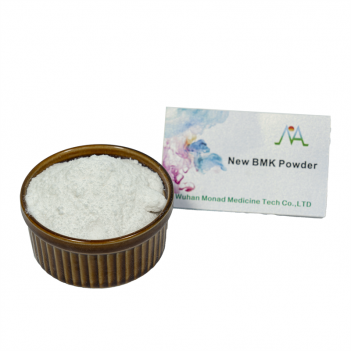
-
high yield rate BMK glycidate powder CAS 5449-12-7 new bmk liquid light yellow
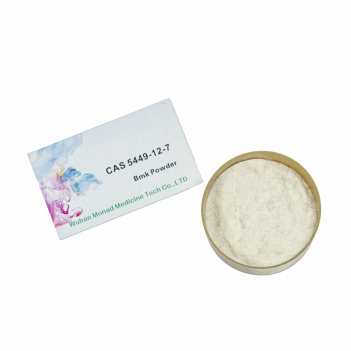
-
hot sale high yield good price cas 2647-50-9

-
Cas 41232-97-7 bmk liquid with high yield rate 70% new BMK POWDER
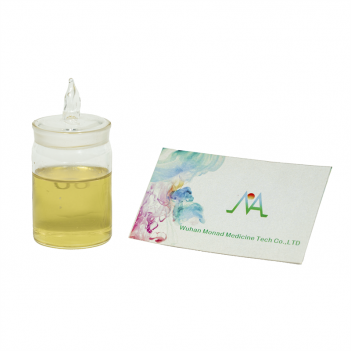
-
Top Quality Magnesium Oxide CAS 1309-48-4
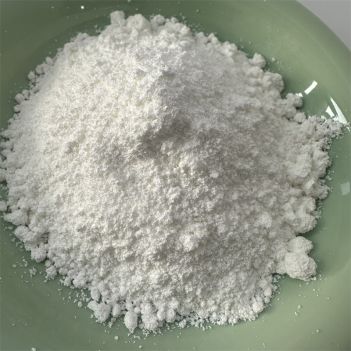
-
High Purity Valerophenone CAS No. 1009-14-9
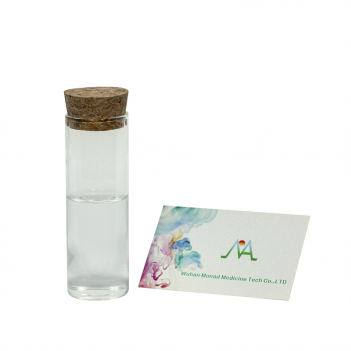
-
Factory sell CAS 5337-93-9 4'-Methylpropiophenone
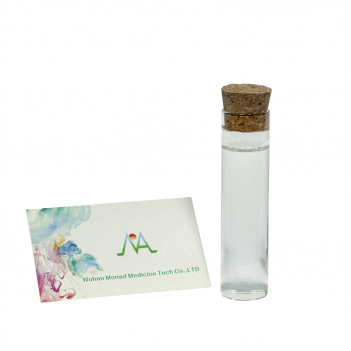
-
Chinese Factory Direct Selling 2-Bromovalerophenone CAS 49851-31-2
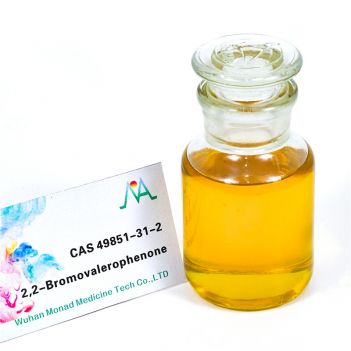
-
9-Hydroxyfluorene CAS 1689-64-1 Moscow stock high yield 9-fluorenol
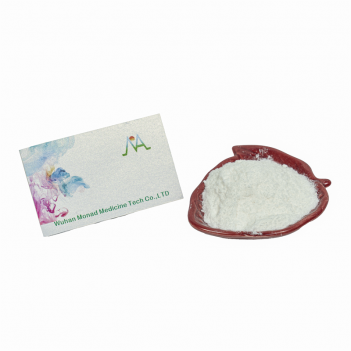
-
safe Shipping 49851-31-2/124878-55-3/2-Bromovalerophenone Cas 49851-31-2 to Russia
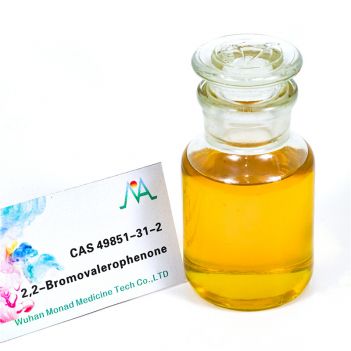
-
Online safety and quickly Butanediol 1,4 bdo cas 110-63-4
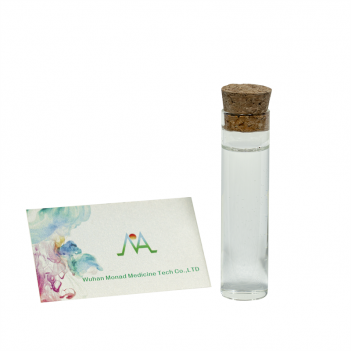
-
New Product Local Anesthetic Powder Larocaine CAS 94-15-5
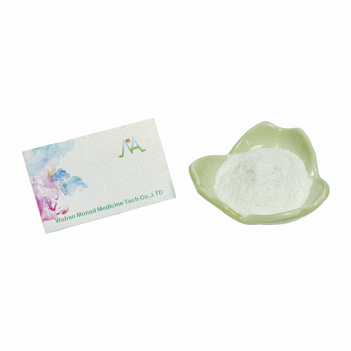
Navigation
Mandy WhatsApp: +8618771942761
Ada WhatsApp: +8618771982534
Cathy WhatsApp: +8613387630955
Emily WhatsApp: +8613297057536





